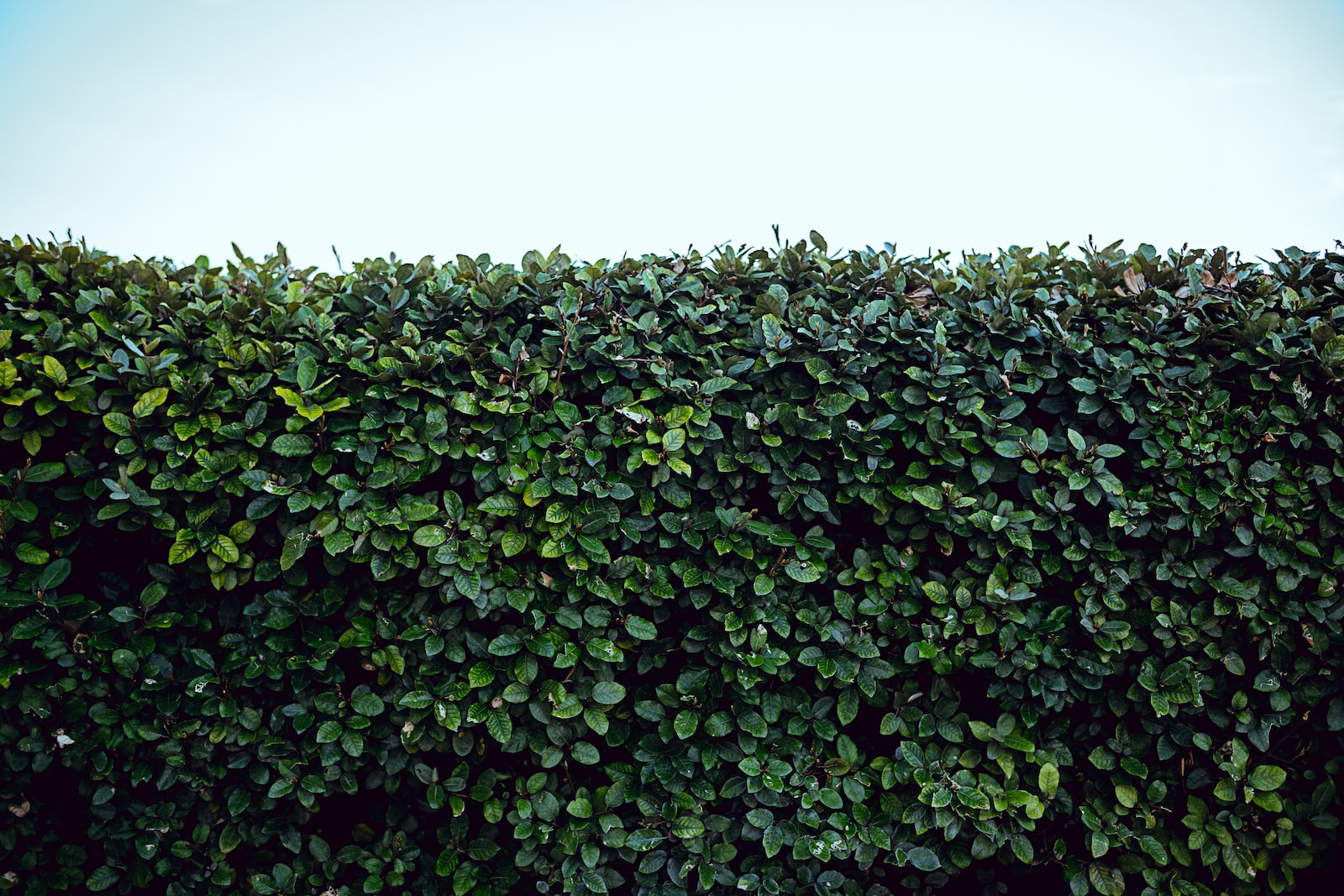Having privacy in your yard is essential, but that doesn’t mean you have to sacrifice elegance. One of the best ways to create a natural privacy fence is by using fast-growing evergreens. Not only do these plants provide privacy, but they can also add beauty and charm to your outdoor space. In this blog, we’ll explore some of the best fast-growing evergreens you can use to create a natural privacy fence in your yard.
Leyland Cypress: A Popular Choice for Privacy Fences
One of the most popular fast-growing evergreens for creating natural privacy fences is the Leyland cypress. It’s a hybrid of two cypress trees and is known for its rapid growth rate. This evergreen can grow up to 3-4 feet per year and reach a mature height of 60-70 feet. Leyland cypress is also drought-tolerant, disease-resistant, and deer-resistant, making it an excellent choice for homeowners looking for low-maintenance privacy hedges.
However, it’s essential to note that the Leyland cypress is not without its drawbacks. It requires regular pruning to maintain its shape and prevent it from becoming too dense. Additionally, it’s not suitable for all soil types and may require specific conditions to thrive.
Other Fast-Growing Evergreens for Natural Privacy Fences
Suppose you’re looking for alternatives to the Leyland cypress. In that case, there are several other fast-growing evergreens that can provide privacy and style to your outdoor space. Some of the popular choices include:
Green Giant Arborvitae: This evergreen is native to North America and can grow up to 3-5 feet per year, reaching a mature height of 50-60 feet. It’s drought-tolerant and deer-resistant, making it a popular choice for natural privacy fences.
Thuja Occidentalis: Also known as American arborvitae, this evergreen is another popular choice for privacy fences. It can grow up to 2-3 feet per year and reach a mature height of 30-40 feet. Thuja Occidentalis is also known for its dense foliage and elegant appearance.
Emerald Green Arborvitae: This evergreen is a cultivar of the White cedar and is known for its slender shape and bright green color. It can grow up to 1-2 feet per year and reach a mature height of 12-15 feet. It’s an excellent choice for smaller yards or as a low hedge.
Creating a Natural Privacy Fence: Tips and Tricks
First and foremost, choose the right location for your evergreens. These plants require full sun to thrive, so make sure you select a location that receives at least six hours of direct sunlight each day. Additionally, consider the soil type and drainage in your chosen location to ensure your plants have the right growing conditions.
Next, it’s important to plant your evergreens at the right time. The best time to plant is in the fall or early spring. This gives your plants plenty of time to establish their root systems before the hot summer months.
When planting, make sure you keep spacing in mind. Evergreens require space to grow, so ensure that you plant them with enough distance between each other. This will help prevent overcrowding and ensure that your plants grow evenly.
Finally, be sure to water and fertilize your evergreens regularly. The amount of water your plants require will depend on your climate and soil conditions, so monitor them closely and adjust your watering schedule as needed. Fertilizing your plants annually can also help ensure they stay healthy and grow to their full potential.


